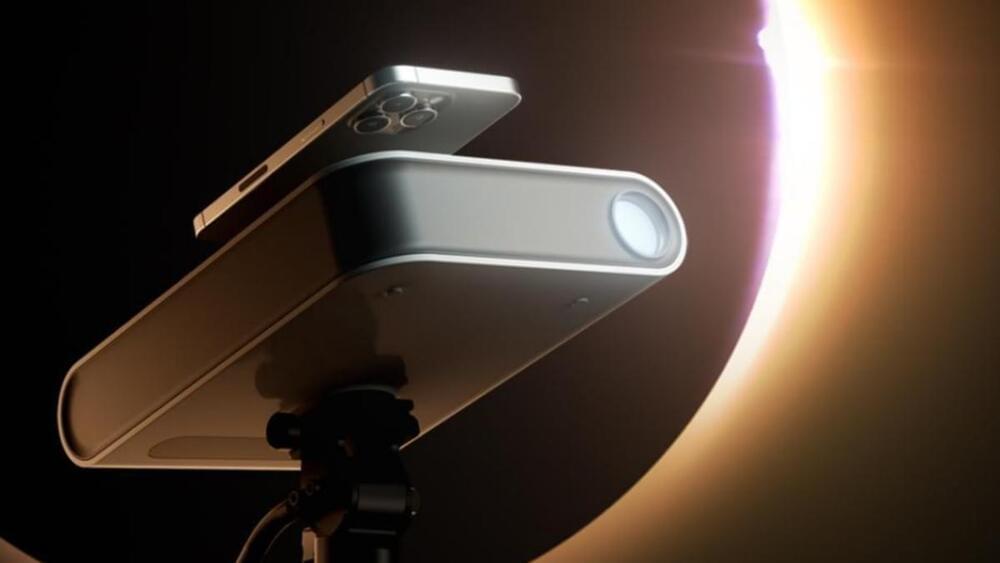Aug 25, 2023
Kids Who Are Always on iPads Missing Developmental Goals, Scientists Find
Posted by Kelvin Dafiaghor in categories: biotech/medical, entertainment, mobile phones
Parents who limit their kids’ screen time, it seems, may be doing them a service: a new study has found that babies who spend a lot of time looking at iPads and other screens experience developmental delays.
Published this week in the Journal of the American Medical Association of Pediatrics, this new research out of Japan suggests that watching screens may limit infants’ practicing of real-life motor skills that they glean from mimicking the people near them.
In a questionnaire, the parents of the more than 7,000 kids surveyed were asked a simple question: “On a typical day, how many hours do you allow your children to watch TV, DVDs, video games, internet games (including mobile phones and tablets), etc?”

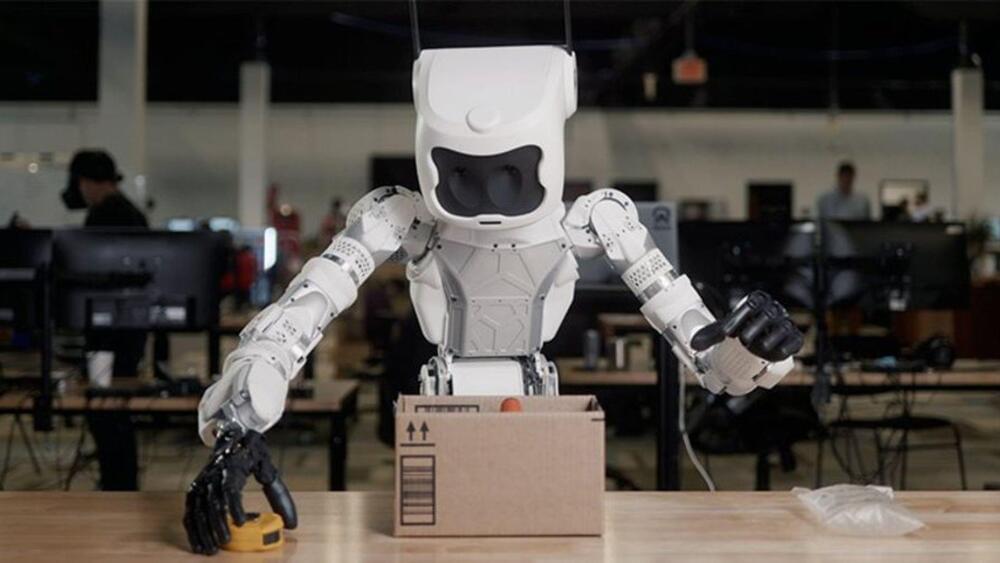


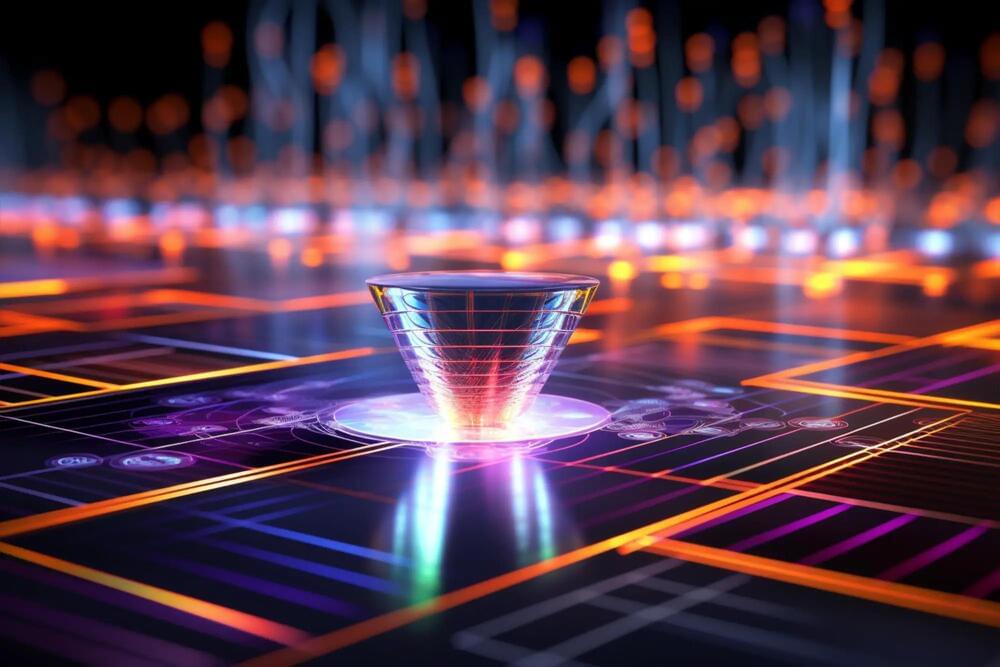

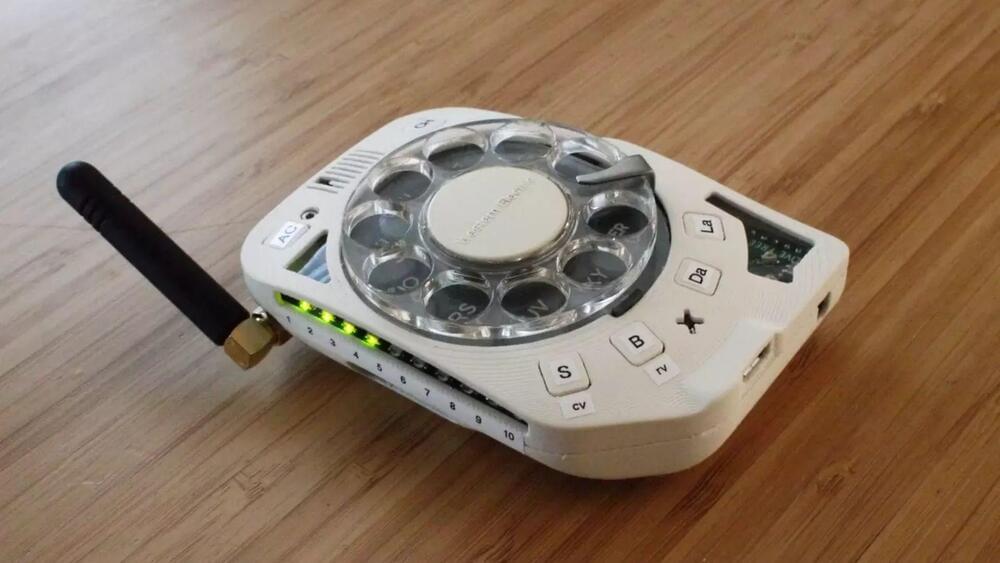
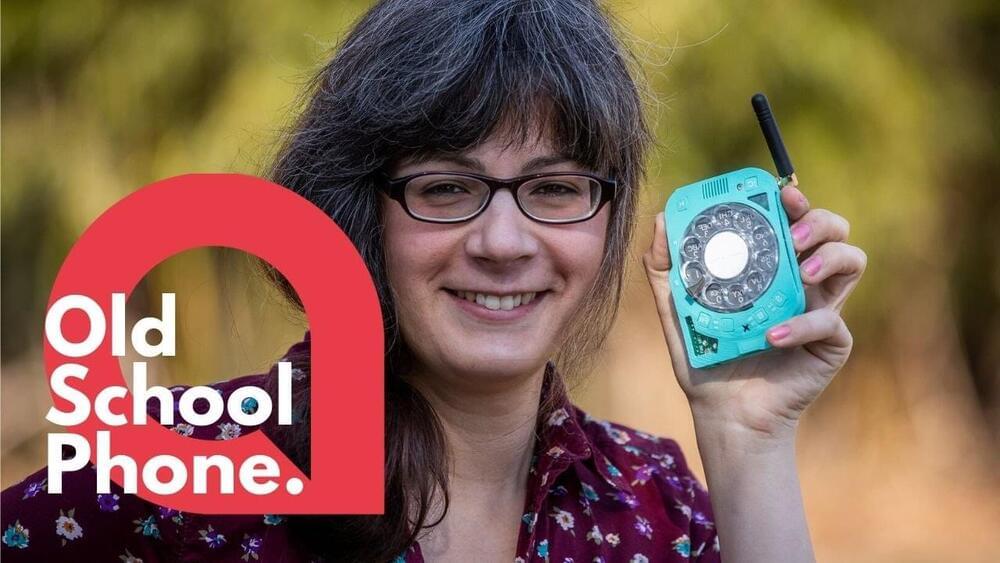
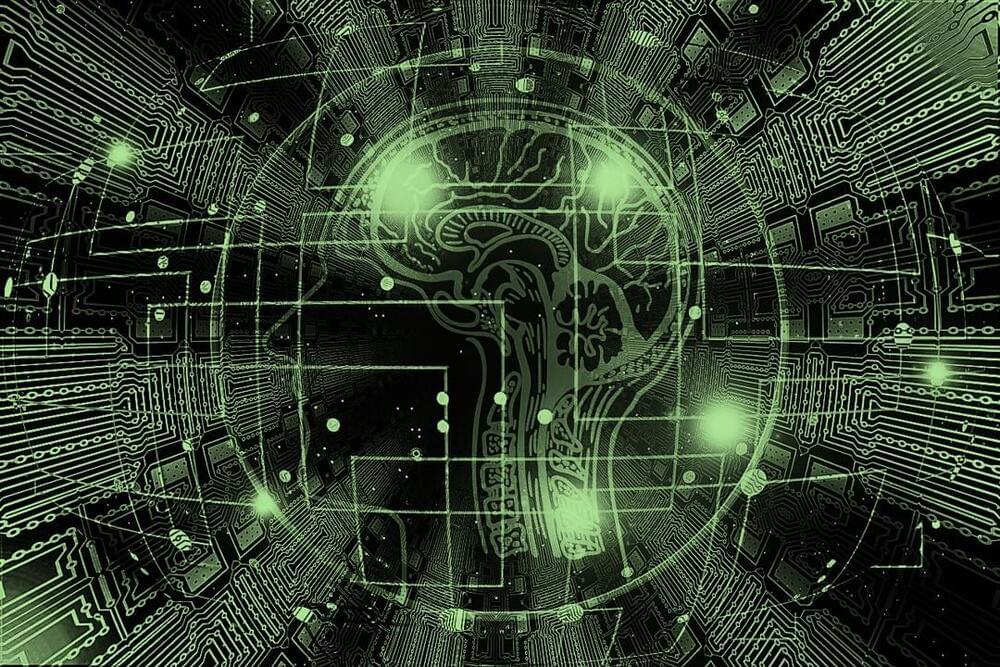
 עברית (Hebrew)
עברית (Hebrew)